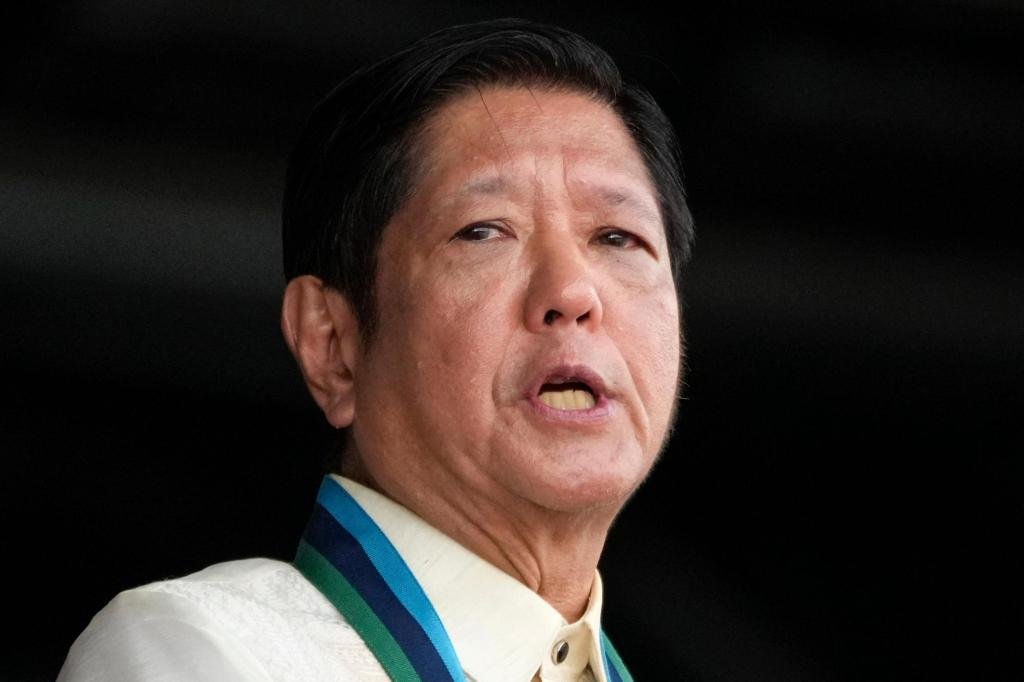Deepening Ties: The Philippines and the U.S. Navigate a Shifting Geopolitical Landscape
As the sun rises over Manila, the Philippines prepares to engage in diplomatic talks that could redefine its security and economic landscape. Amidst a backdrop of escalating tensions in the South China Sea, President Ferdinand Marcos Jr. is set to meet with U.S. President Donald Trump in Washington, D.C. from July 20 to 22. For the Philippines, this visit is not merely ceremonial; it represents a critical opportunity to reinvigorate a key alliance that has stood for over seven decades.
The Stakes Are High
While the agenda remains fluid, the stakes are crystal clear. Both nations share a longstanding commitment to mutual defense, enshrined in the 1951 Mutual Defense Treaty. Yet, recent developments underline the urgency for a fortified partnership. As a belligerent China asserts its claims across the maritime region, the Philippines grapples with a deteriorating security environment marked by aggressive posturing from its neighbor.
“The upcoming dialogue aims to deepen our engagements based on a shared understanding of peace through deterrence,” said Philippine Ambassador to Washington, Jose Manuel Romualdez. Expert analysts argue that such deterrence is becoming crucial in an era where China’s behavior increasingly flouts international norms.
Growing Security Concerns
According to a recent study by the Asia-Pacific Security Institute, 74% of Filipinos express concern regarding China’s military advancements, particularly in the resource-rich South China Sea. In light of this, the Philippines has ramped up military drills in partnership with U.S. forces, including large-scale exercises known as Balikatan. These initiatives aim to bolster defensive strategies while demonstrating a united front against potential aggressors.
Economic Tensions Loom
However, security is not the only forefront issue; economic discussions are equally pressing. A proposed 20% tariff on Philippine exports looms large if negotiations do not yield favorable results by August 1, a move that many see as a provocative gambit by the Trump administration. This point was articulated by Michael Torres, a senior economist at the Philippine Institute for Development Studies: “The potential tariffs could cripple crucial sectors in the Philippine economy, particularly agriculture and manufacturing.”
- Last year, Philippine exports to the U.S. accounted for approximately 15% of its total trade revenue.
- Delayed tariff negotiations could impact job security for over 1.3 million Filipinos dependent on export-related industries.
- Strengthening economic ties, therefore, is as vital as enhancing military cooperation.
Philippine trade representatives are set to join their American counterparts for a series of negotiation talks, signaling an urgency that parallels the military discussions. “If we can ensure favorable terms, we can flip the narrative from one of dependency to one of equal partnership,” remarked Theresa Lazaro, the Philippine Foreign Secretary.
A Trilateral Approach
As the geopolitical chess game unfolds, the U.S. seeks to build stronger trilateral ties with allies such as Japan, which have their own security concerns regarding China. The recent remarks from U.S. Secretary of State Marco Rubio echoed this sentiment: “We are committed to maritime security and territorial integrity in collaboration with Japan and the Philippines.” This trilateral approach serves a dual purpose: it not only strengthens regional stability but also works to counter China’s growing influence.
The Road Ahead
The mutual obligations under the Mutual Defense Treaty have implications that travel far beyond rhetoric. Washington’s reiteration of its defense commitments sends a message to both partners and adversaries alike. “Historically, these alliances have been tested; the coming talks represent an opportunity to not just affirm existing commitments but to evolve them in response to new challenges,” stated Dr. Amelia Santos, a political analyst specializing in ASEAN relations.
As the Philippines prepares for its diplomatic encounter with the U.S., its policies and strategies could heavily influence the regional dynamics in Southeast Asia. The focus is shifting towards a collaborative model that encompasses economic growth, while safeguarding sovereignty against external pressures.
The approaching summit is more than just a handshake or a photo opportunity; it is a barometer for the future of Filipinos. Indonesia, Malaysia, and other neighbors will be watching closely as the Philippines sets a course that may inspire or deter their own navigations through these turbulent waters. As Marcos Jr. embarks on this pivotal journey, he carries the hopes of a nation eager for both economic prosperity and secure borders, amidst a world that seems increasingly precarious.





